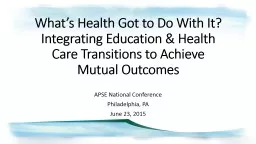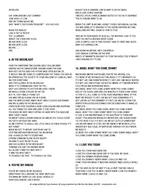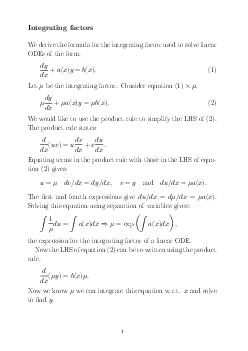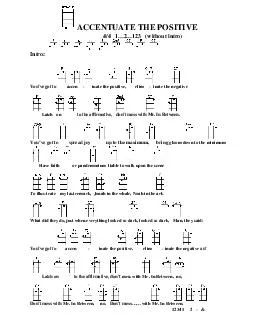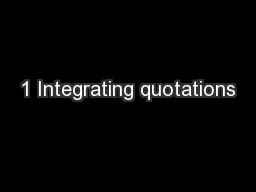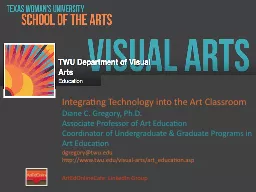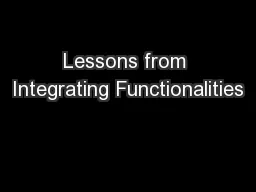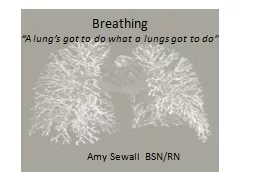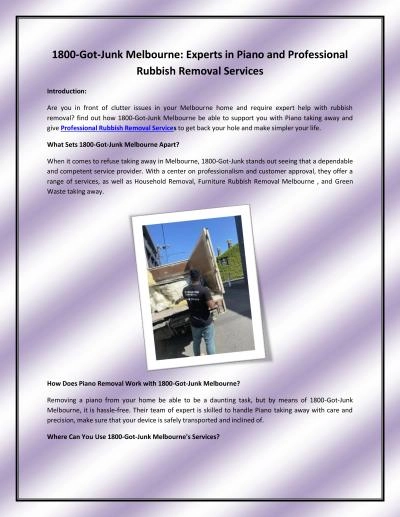PPT-What’s Health Got to Do With It? Integrating Education &
Author : min-jolicoeur | Published Date : 2016-07-30
APSE National Conference Philadelphia PA June 23 2015 Lets Chat Twitter WSPJ1 Text 7857642472 Online PAHJ44U9 What Happens to Youth When They Grow Up Experience
Presentation Embed Code
Download Presentation
Download Presentation The PPT/PDF document "What’s Health Got to Do With It? Inte..." is the property of its rightful owner. Permission is granted to download and print the materials on this website for personal, non-commercial use only, and to display it on your personal computer provided you do not modify the materials and that you retain all copyright notices contained in the materials. By downloading content from our website, you accept the terms of this agreement.
What’s Health Got to Do With It? Integrating Education &: Transcript
Download Rules Of Document
"What’s Health Got to Do With It? Integrating Education &"The content belongs to its owner. You may download and print it for personal use, without modification, and keep all copyright notices. By downloading, you agree to these terms.
Related Documents

